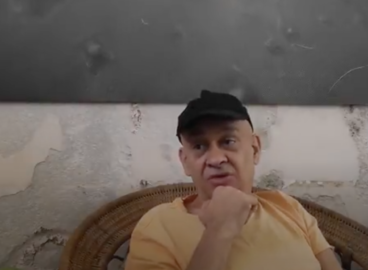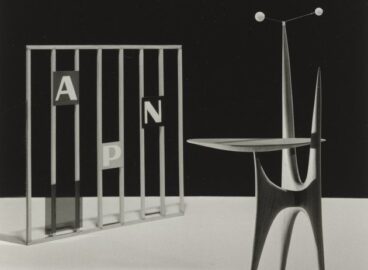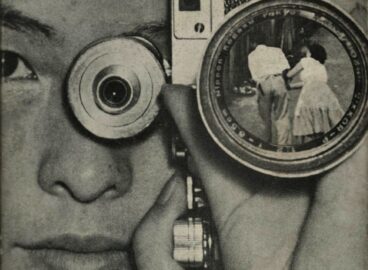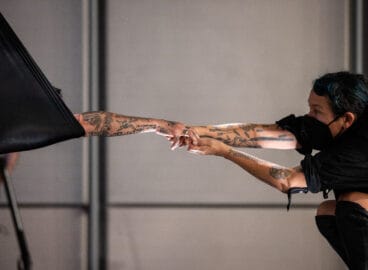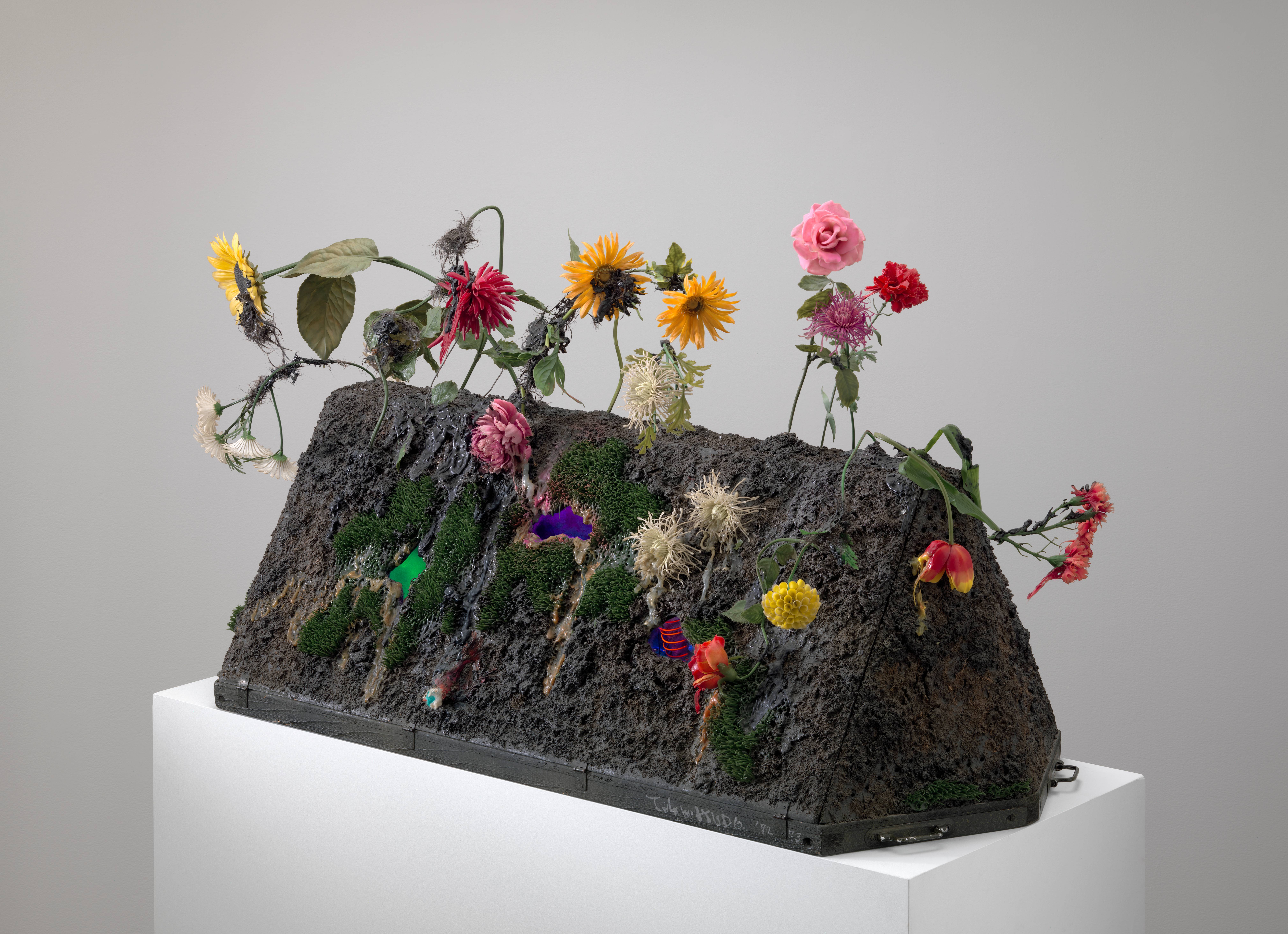Huang Yong Ping talks about how the exhibition Magiciens de la terre (1989) in Paris changed his artistic practices and life trajectory in this conversation with Sarah Suzuki, Associate Curator of Drawings and Prints, and Yu-Chieh Li, Andrew W. Mellon C-MAP Fellow, at Le Hangar à Bananes gallery in Nantes, France, in June 2014.
Huang identifies Reptile (1989), a work he presented at Magiciens de la terre, as his first room-size installation. It evolved from his earlier experiments in which he washed books in a washing machine and his strategic juxtapositions of Eastern and Western literary and philosophical traditions. By happenstance, he was still in Paris when the Tiananmen Square massacre took place, a turn of events that led him to become a permanent “refugee” and frequent participant in international exhibitions.
Huang also talks about Long Scroll (2001), a drawing in MoMA’s collection that represents various moments in his life and oeuvre, as well as his Roulette series, which includes several roulettes that he designed to “teach” himself to make art through chance.
Read the second part of this conversation, in which Huang discusses his Dadaist practices in the 1980s and 1990s here.

